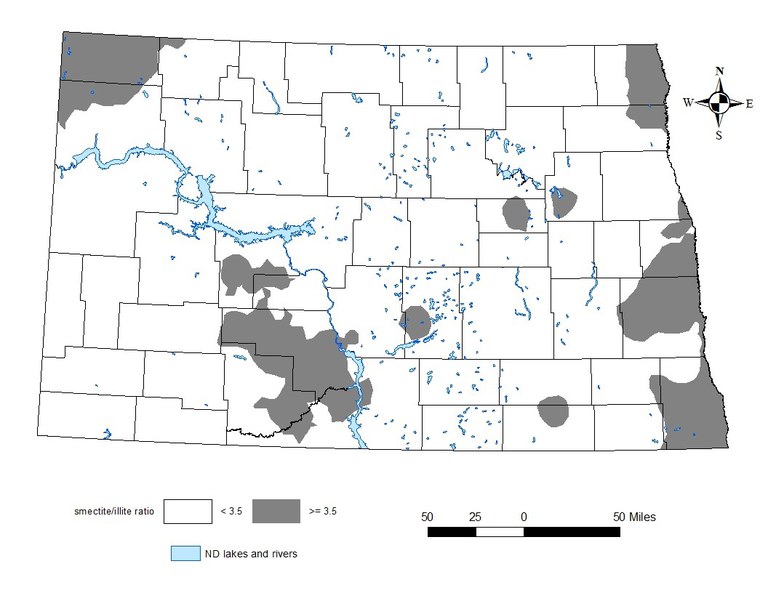Nitrogen rate cannot predict yield. Previous recommendation formulas forced a grower to predict a yield and then apply the yield prediction to a formula. This strategy resulted in underfertilization in some years due to less than ideal growing conditions at the time of fertilization.
Weather in the region is unpredictable, and growing conditions can improve and better yields are possible than those planned for initially. Recent N-rate research on several crops indicate that no relationship exists between yield and N-rate and the environment.
A similar optimum N rate is appropriate in a low-yielding environment as in a high-yielding environment due to differences in N mineralization release from the soil, probability of N loss due to leaching and/or denitrification, and N uptake efficiency of roots in different soil moisture environments. In wheats, some consideration of historic soil productivity is necessary due to the economics of the application, and not necessarily the yield response of the application itself.
Our research indicates that the following productivity ranges are appropriate for consideration of optimum economic N rate for winter wheat:
• Low – yields below 40 bushel per acre
• Medium – yields between 40 and 70 bushels per acre
• High – yields greater than 70 bushels per acre
For areas of low productivity, total available N (fertilizer + soil test nitrate 2 feet) = 100 pounds of N/acre
For areas of medium productivity, total available N (fertilizer + soil test nitrate 2 feet) = 150 pounds of N/acre
For areas of high productivity, total available N (fertilizer + soil test nitrate 2 feet) = 200 pounds of N/acre
Adjustments to N Rate
Table 1. Previous crop N credits.
| Previous crop |
Credit |
| Soybean |
40 lb N/acre |
| Edible bean |
40 lb N/acre |
| Pea and lentil |
40 lb N/acre |
| Chickpea |
40 lb N/acre |
| Sweet Clover that was harvested |
40 lb N/acre |
|
Alfalfa that was harvested and unharvested sweet clover:
|
|
| >5 plants/sq ft |
150 lb N/acre |
| 34 plants/sq ft |
100 lb N/acre |
| 12 plants/sq ft |
50 lb N/acre |
| <1 plant /sq ft |
0 lb N/acre |
| Sugarbeet |
|
| Yellow leaves |
0 lb N/acre |
| Yellow/green leaves |
30 lb N/acre
|
| Dark green leaves |
80 lb N/acre |
|
Second-year N Credits
Half of credit given for the first year for sweet clover and alfalfa; none for other crops.
|

